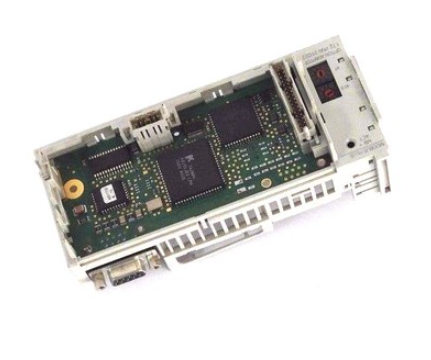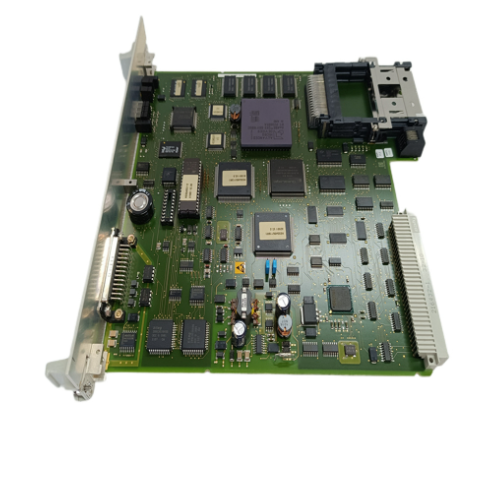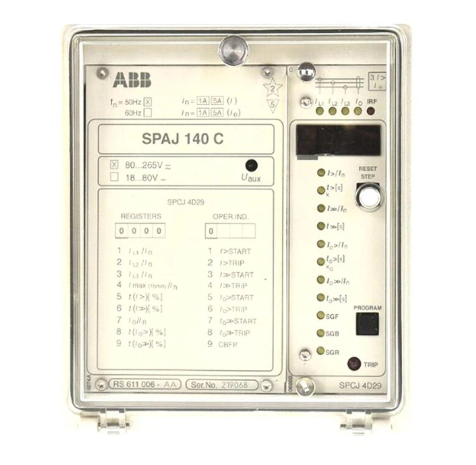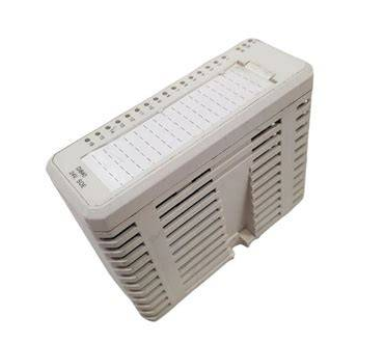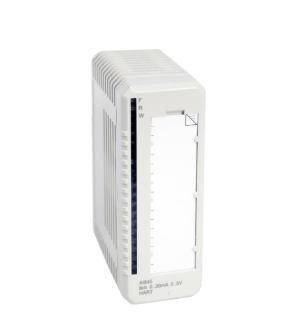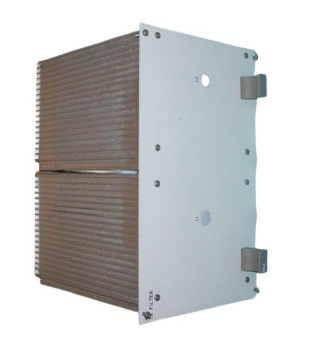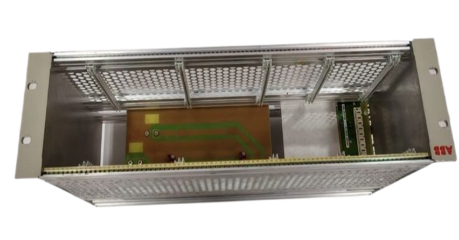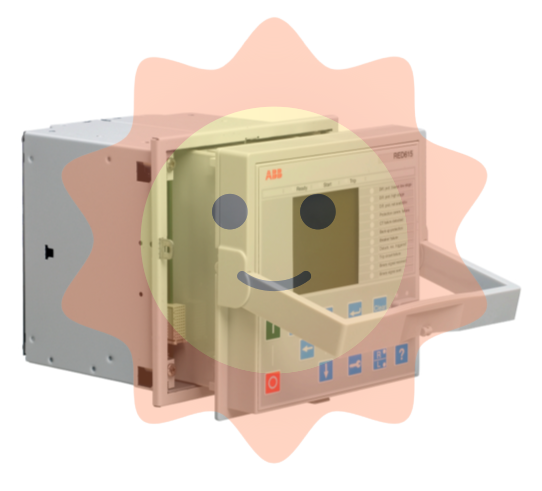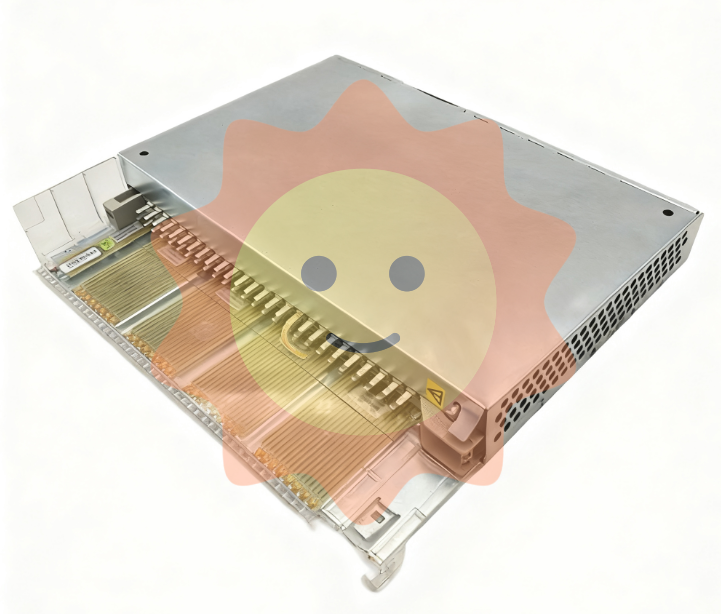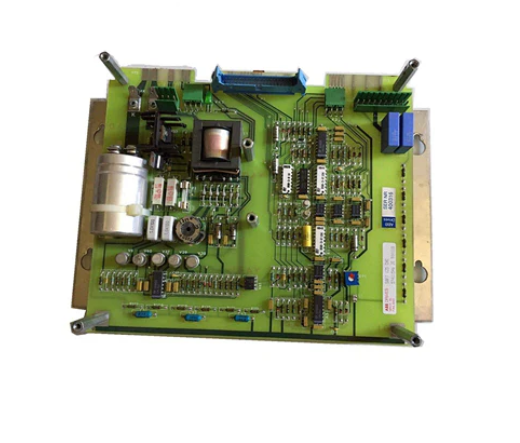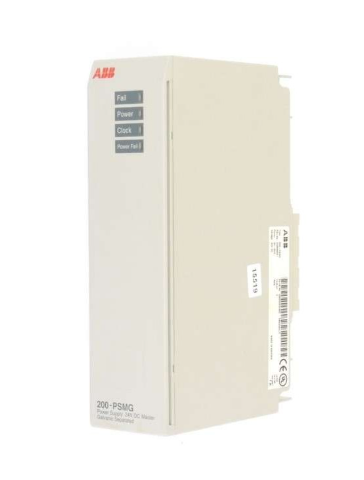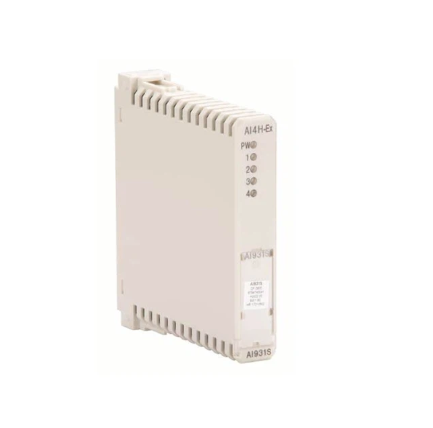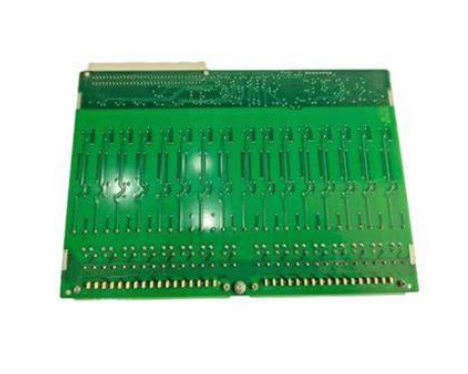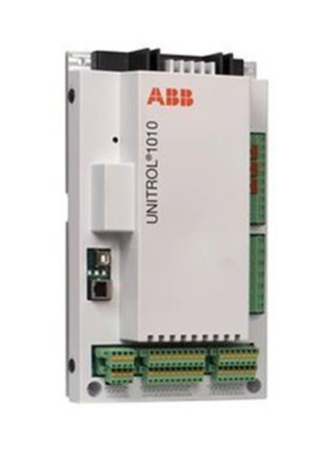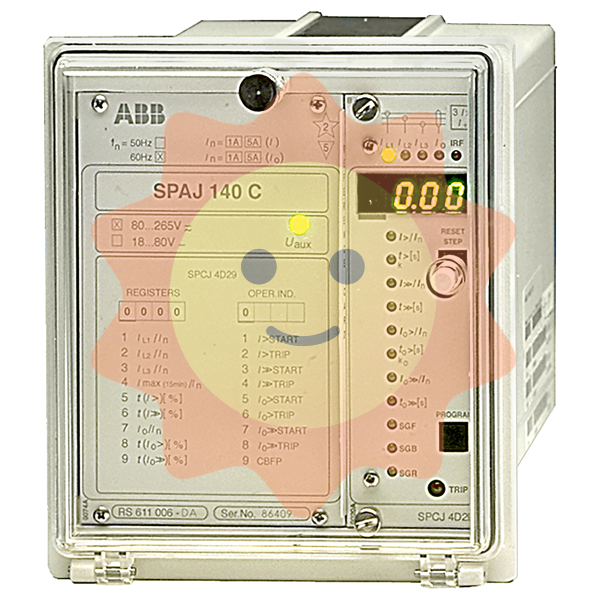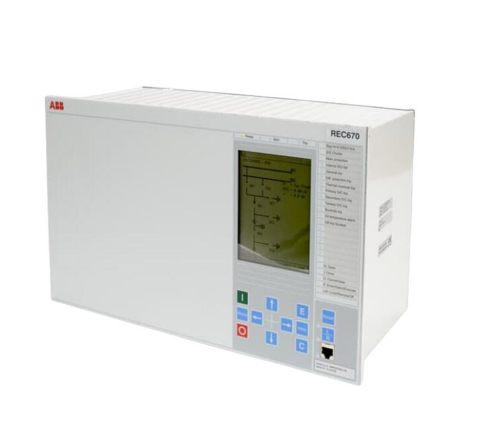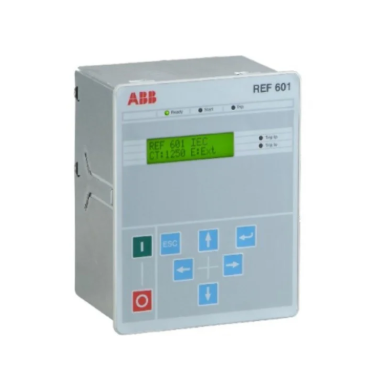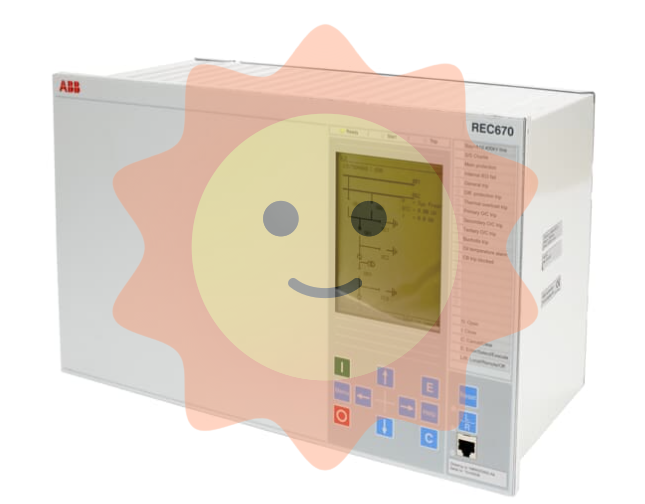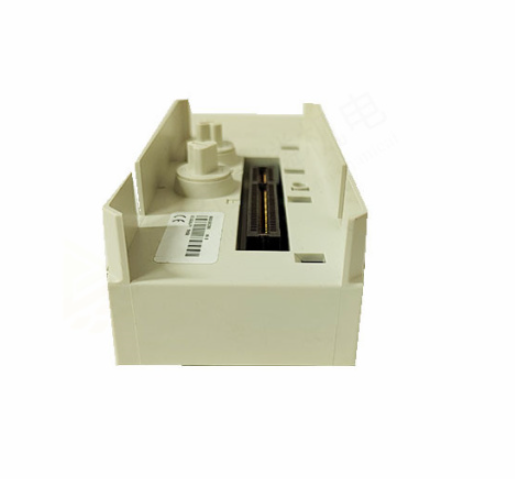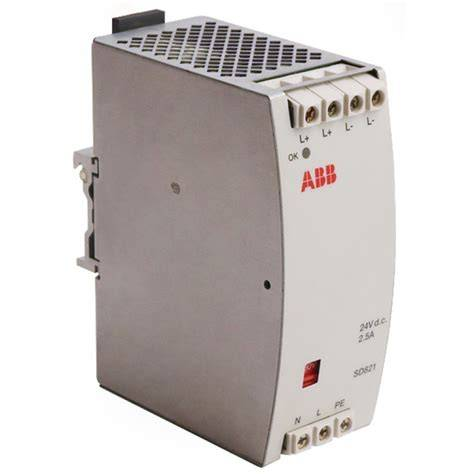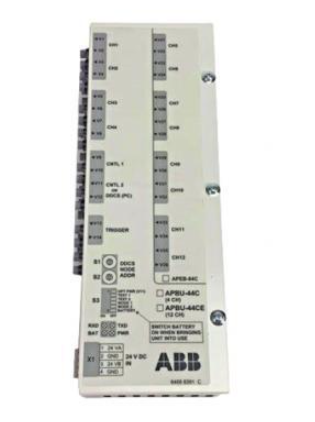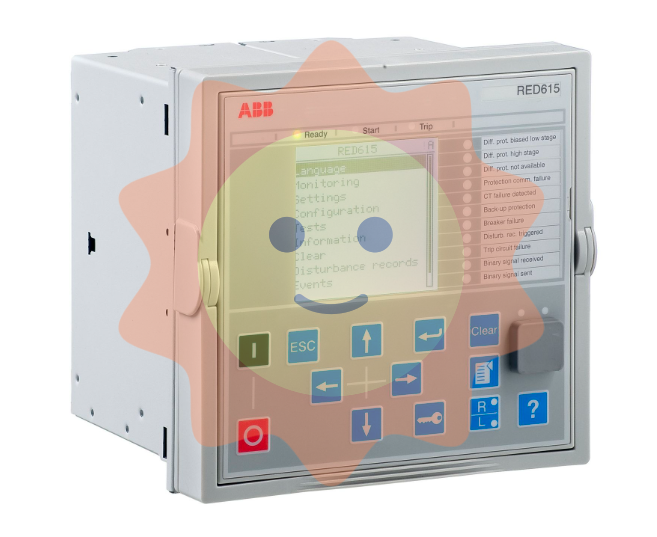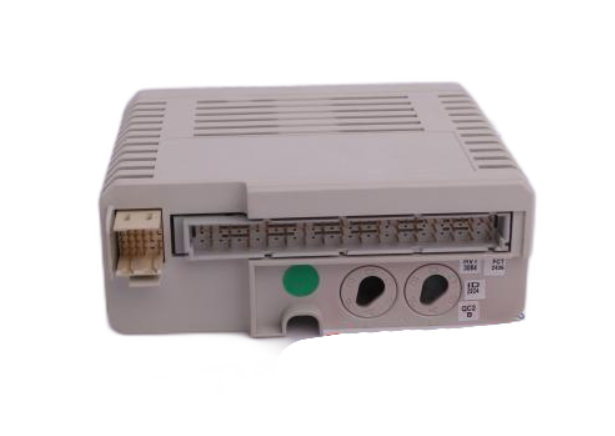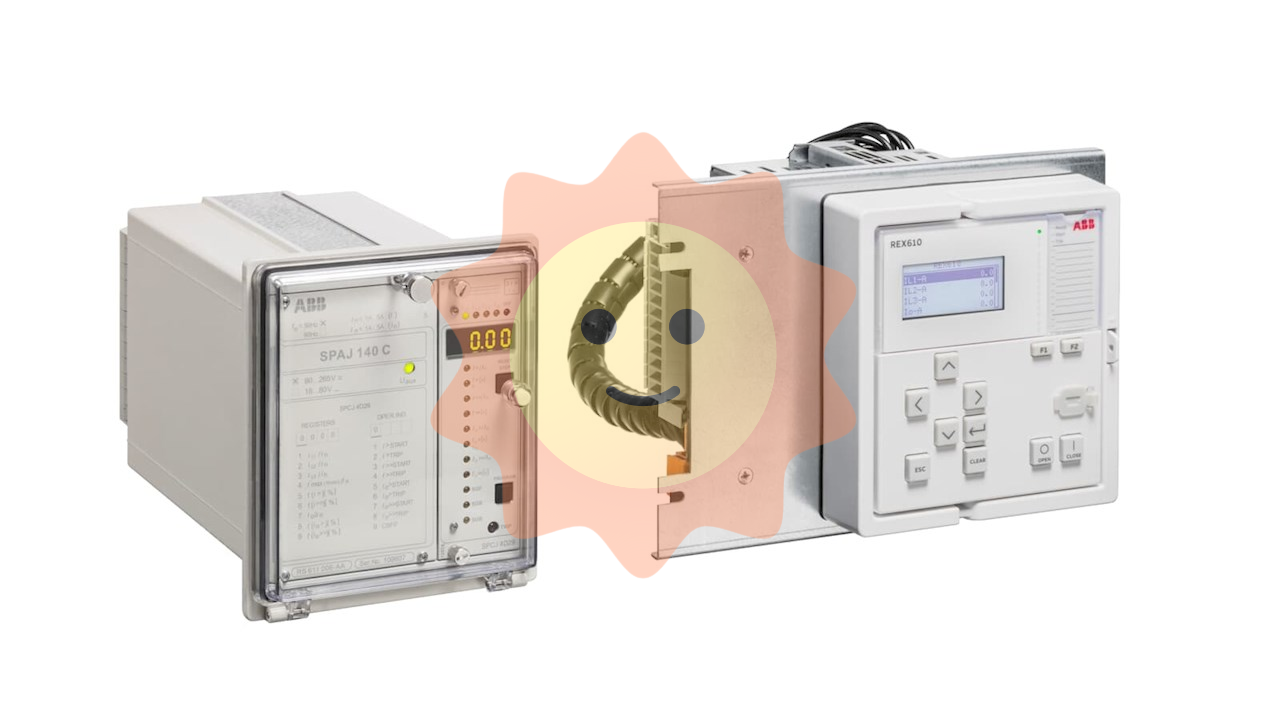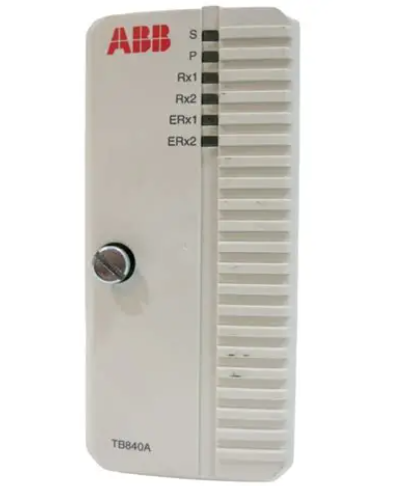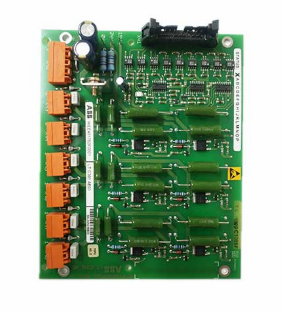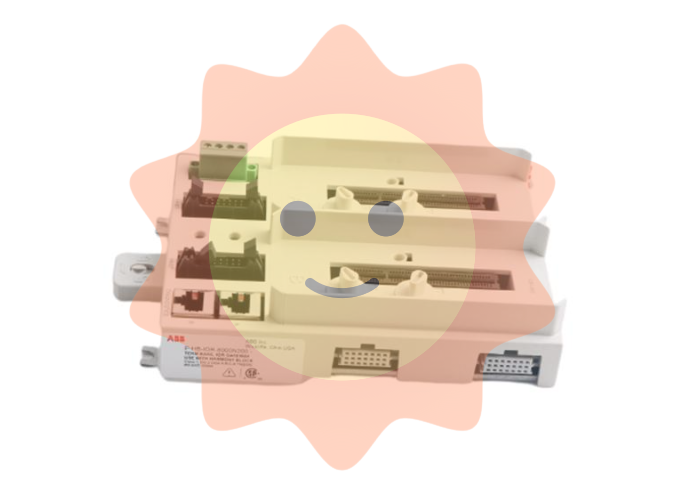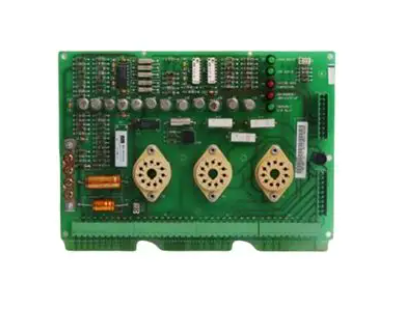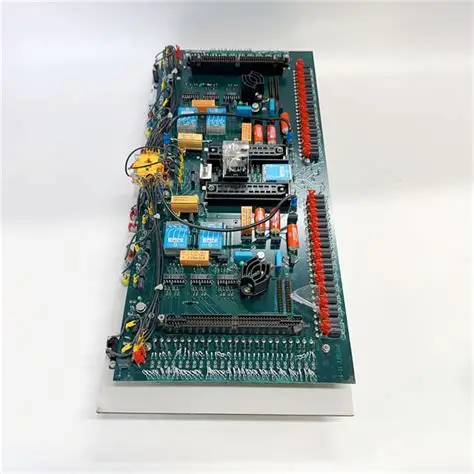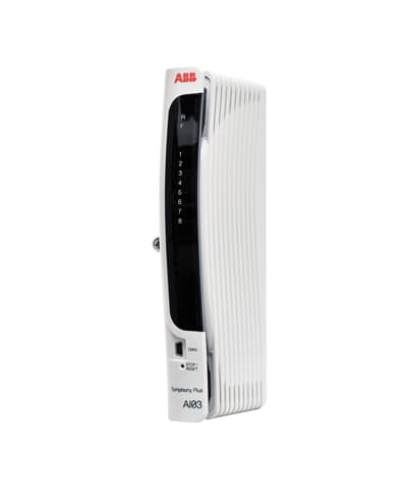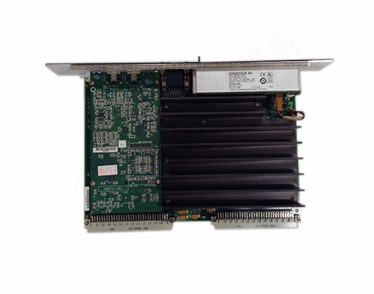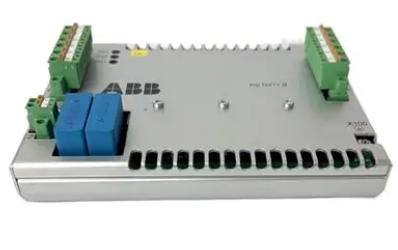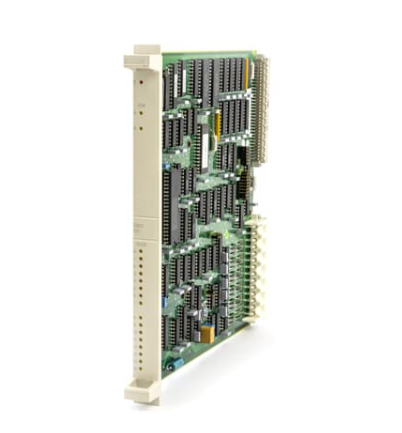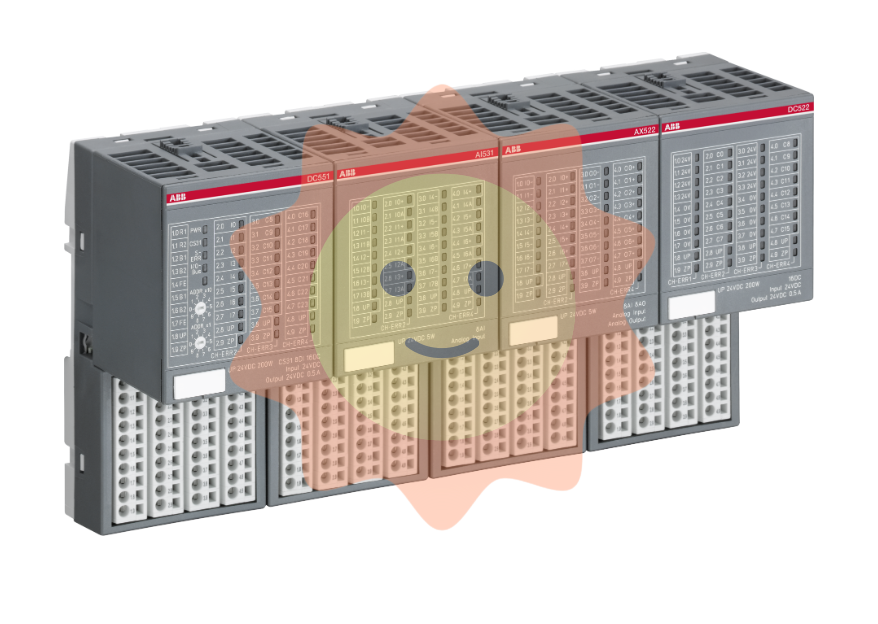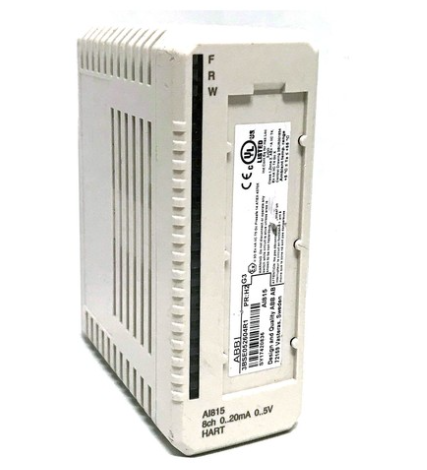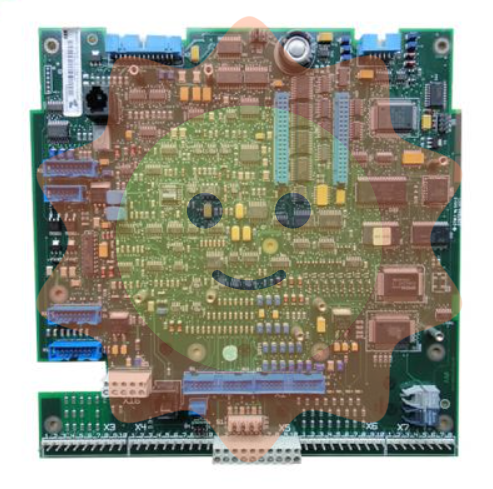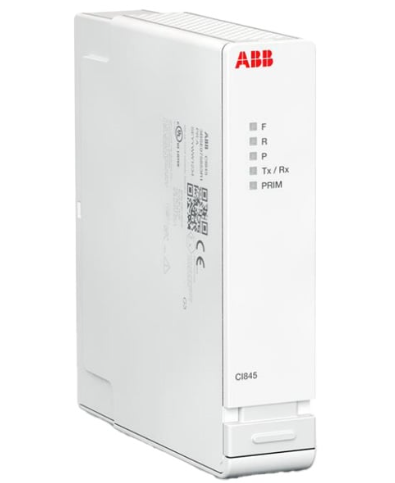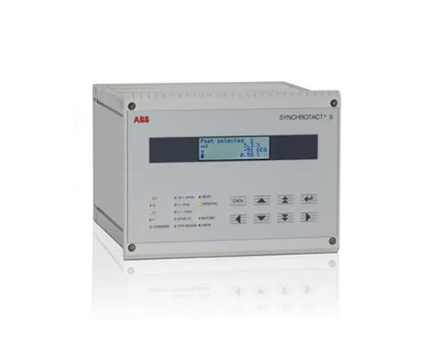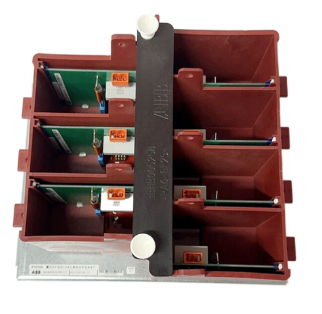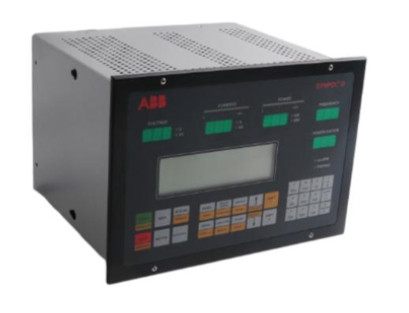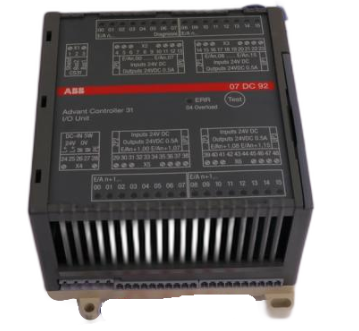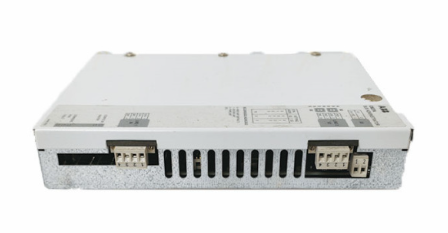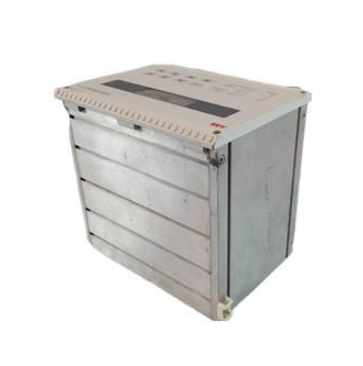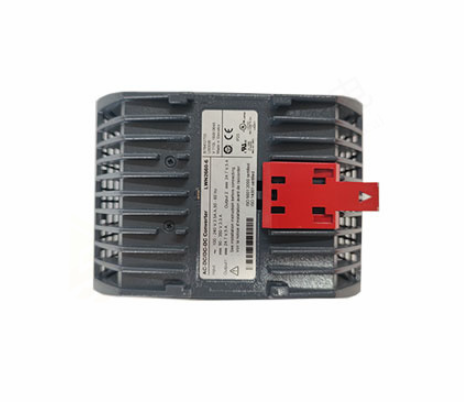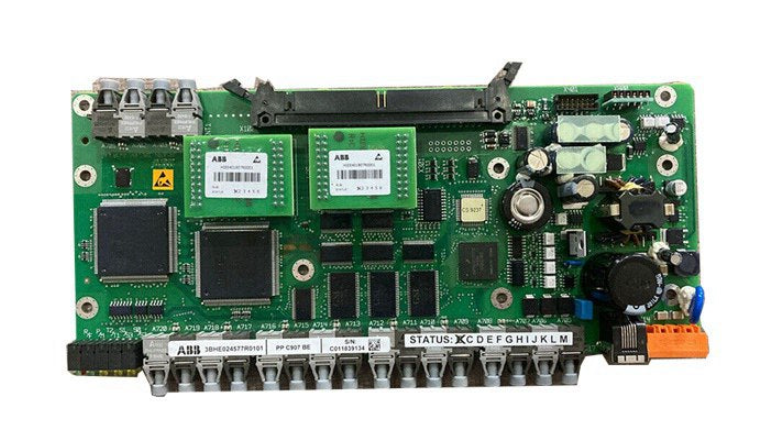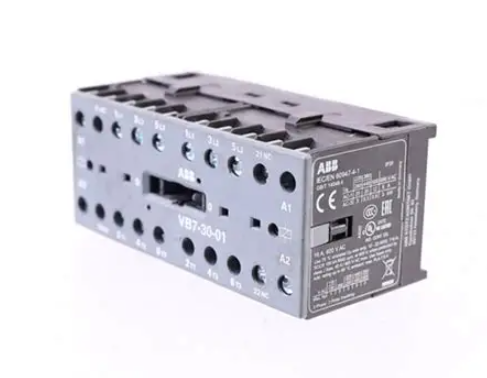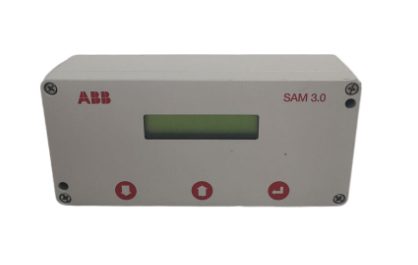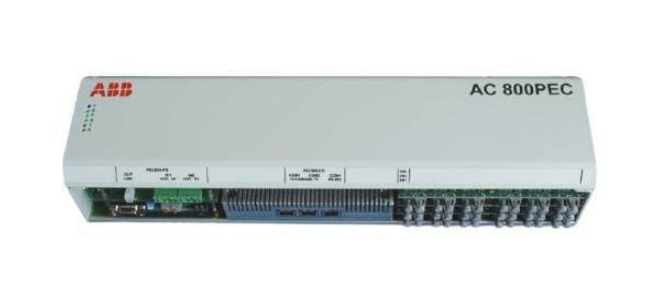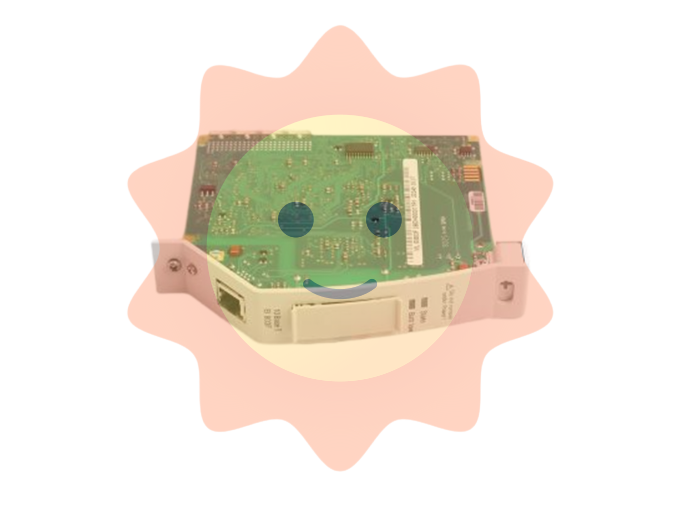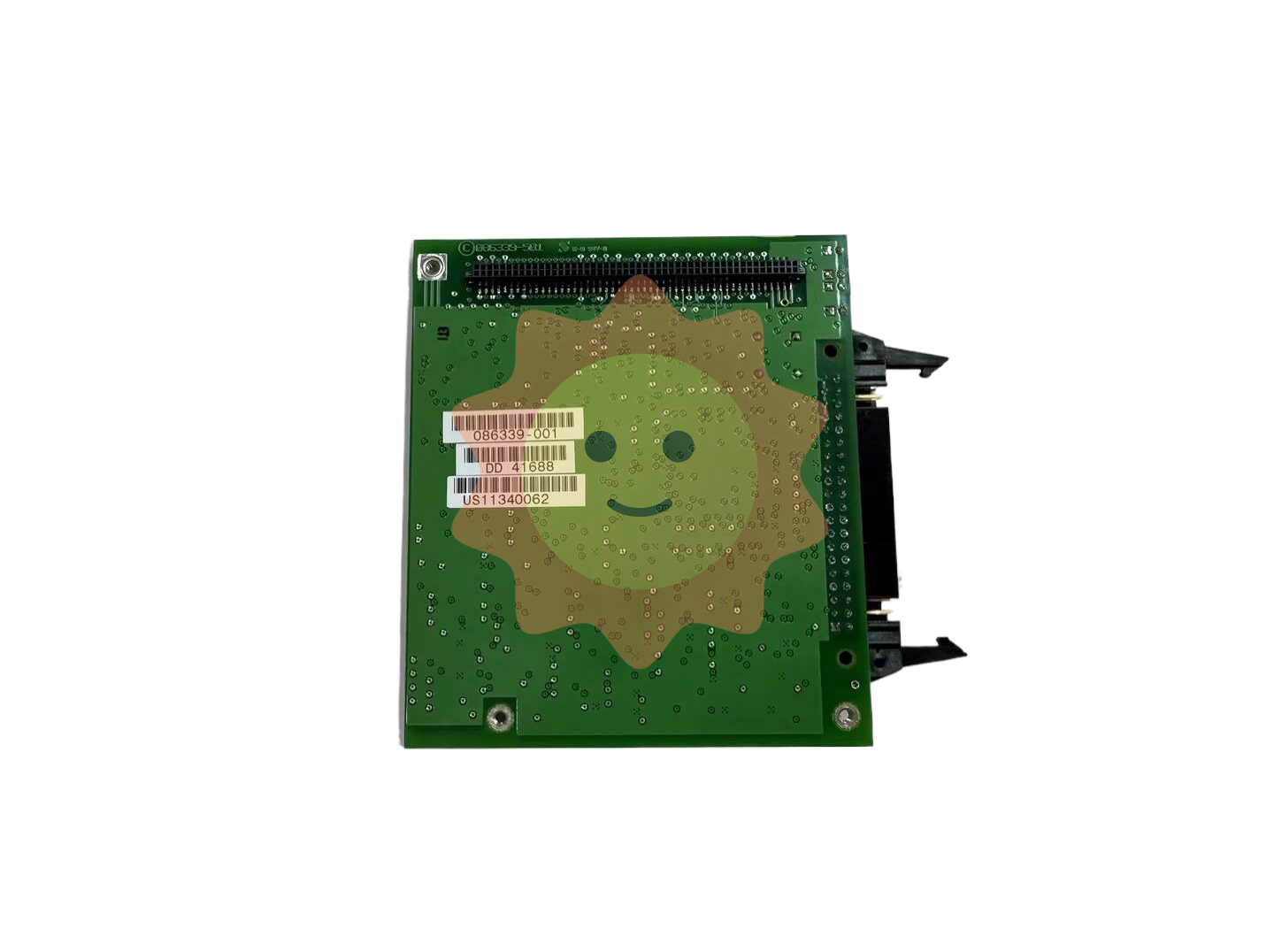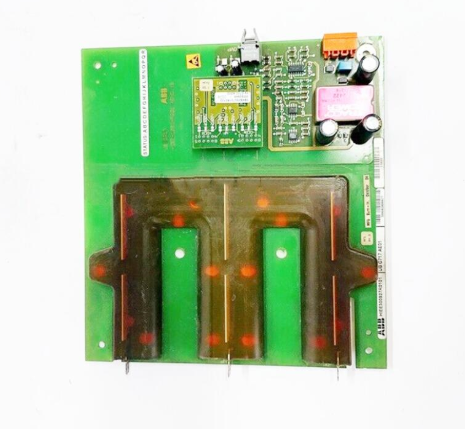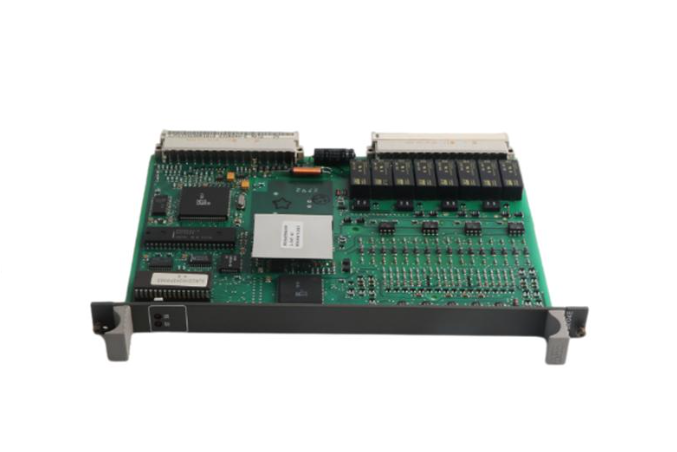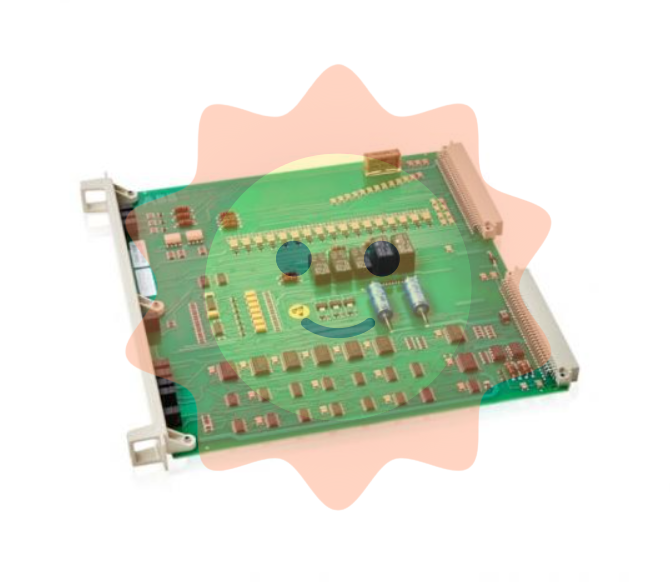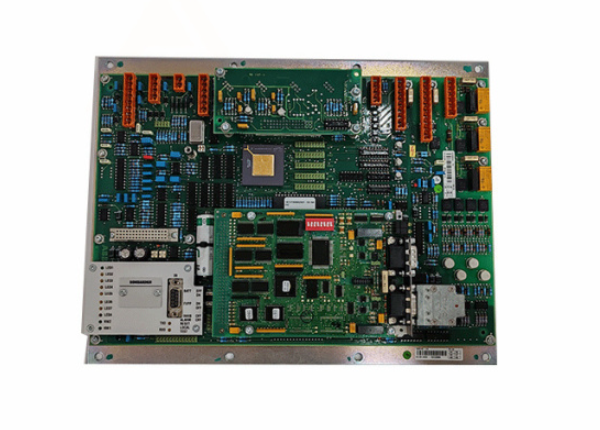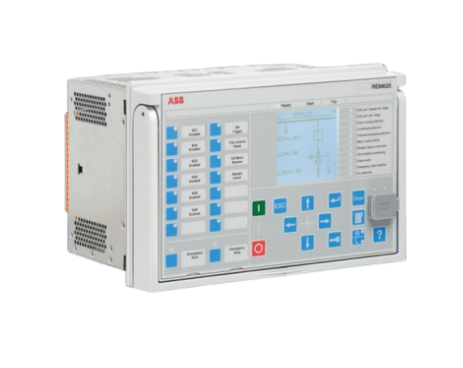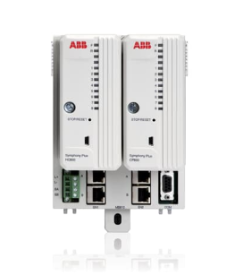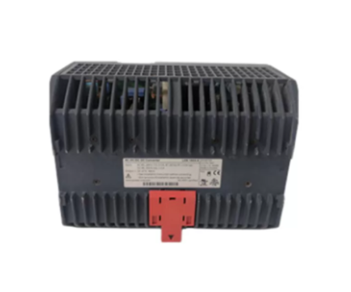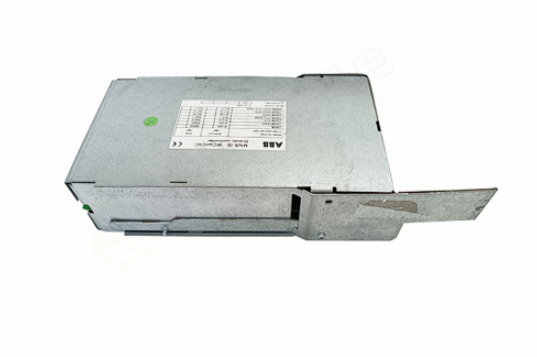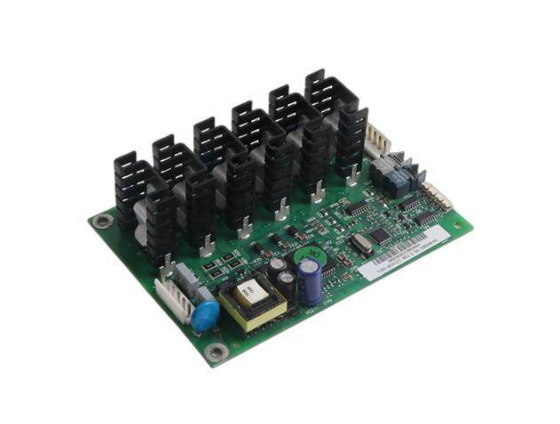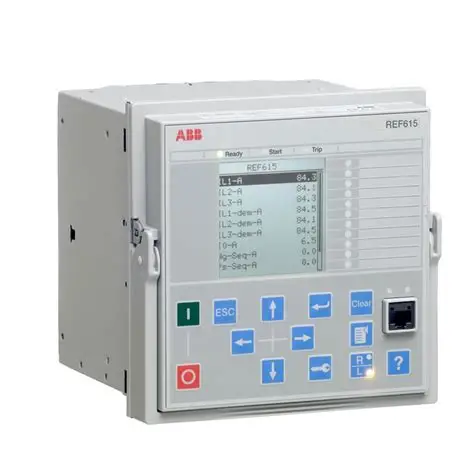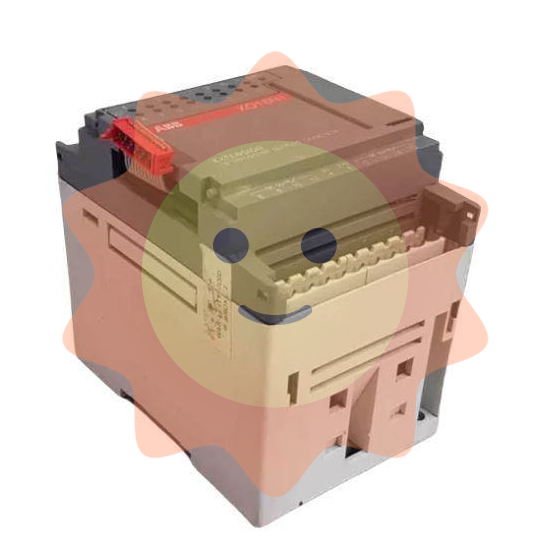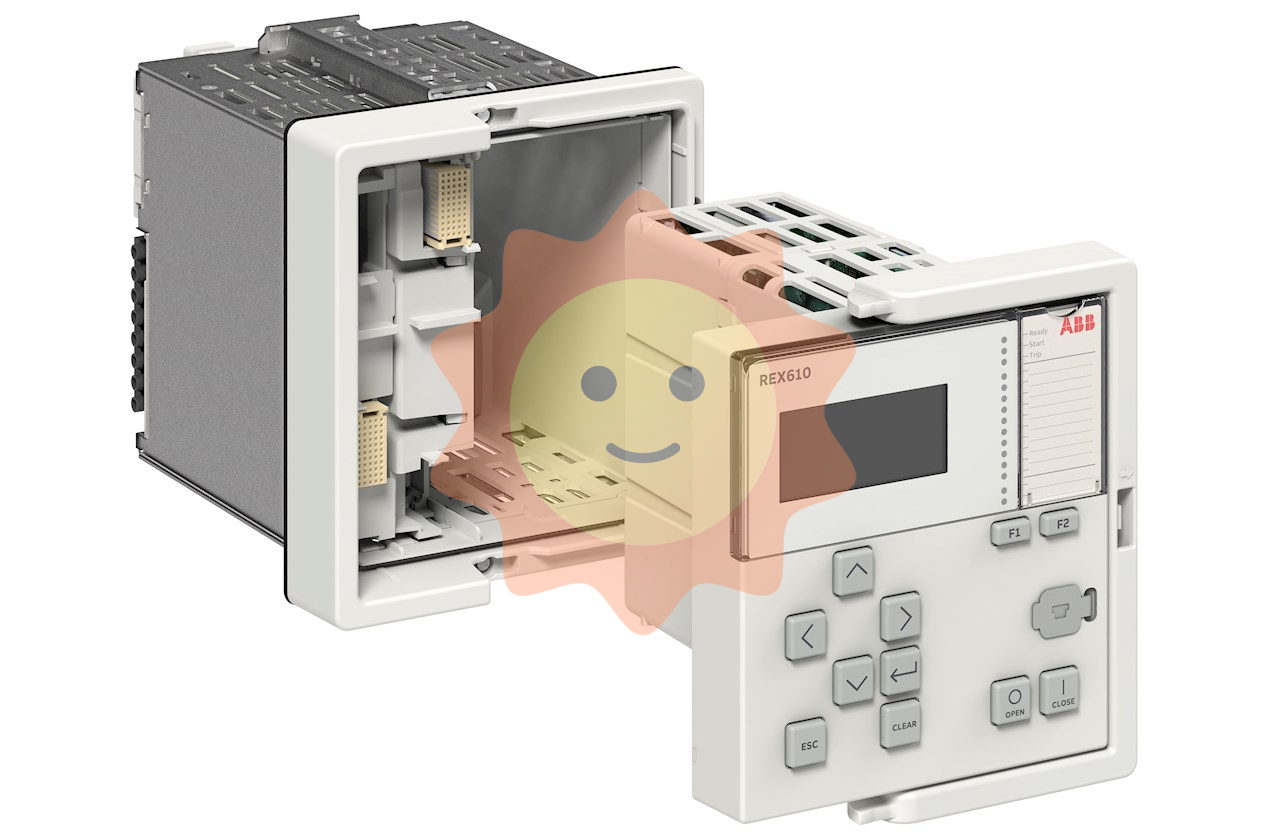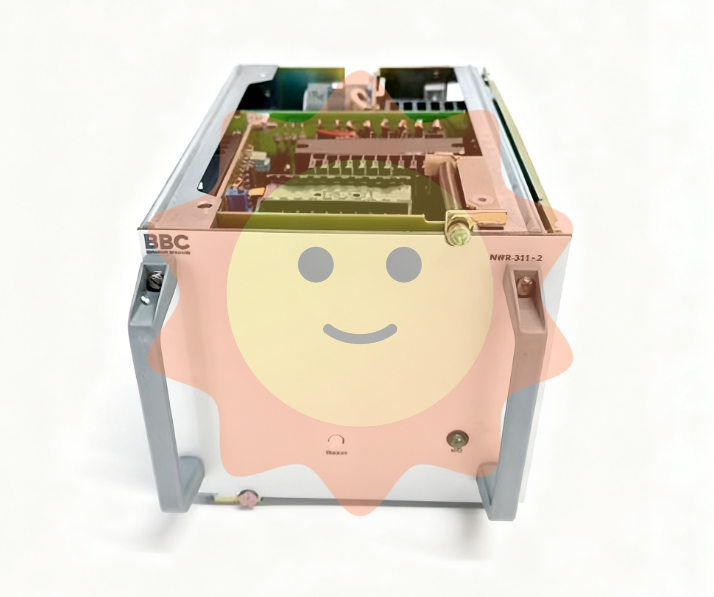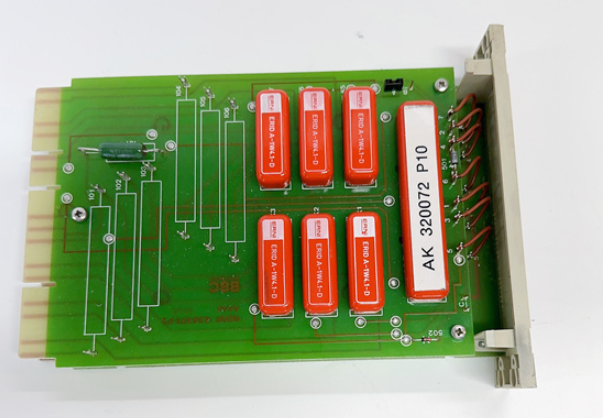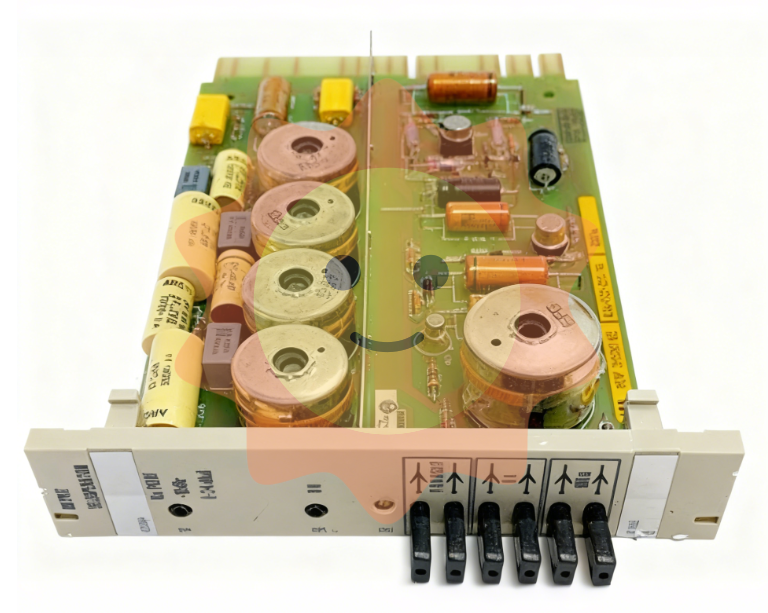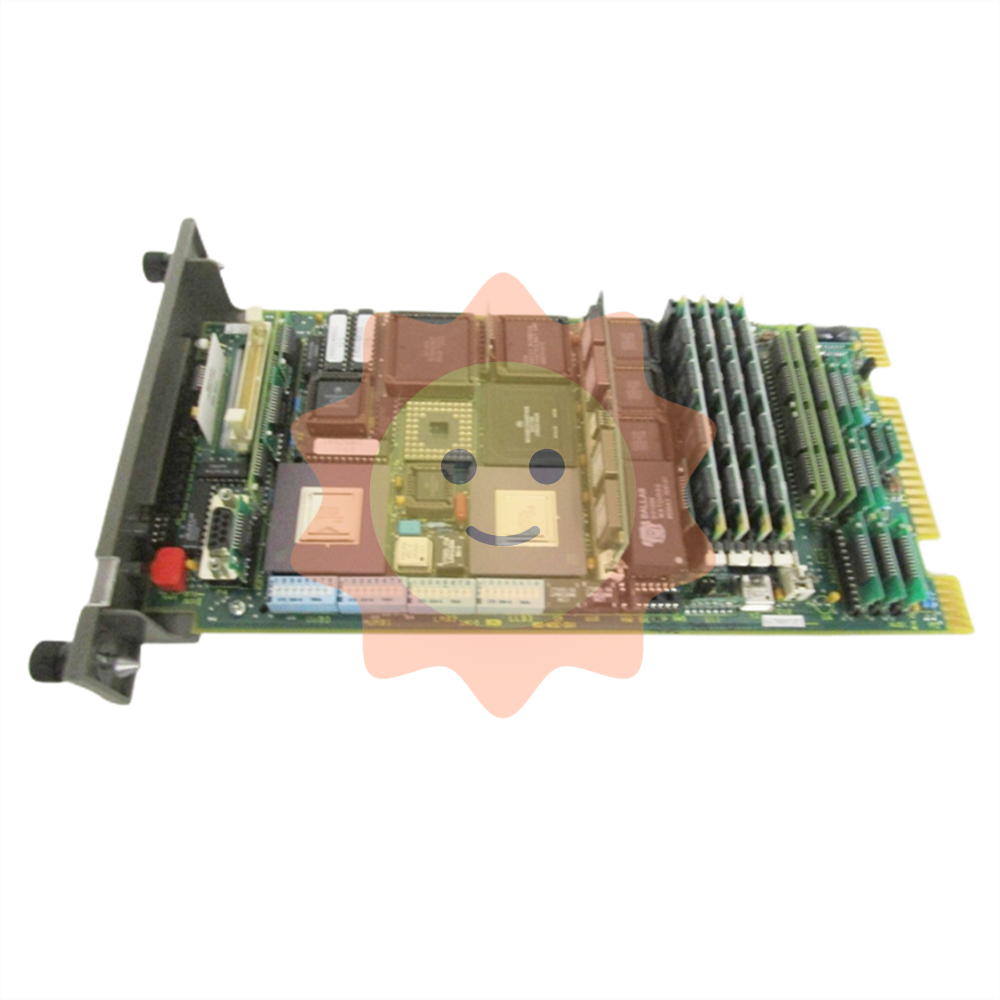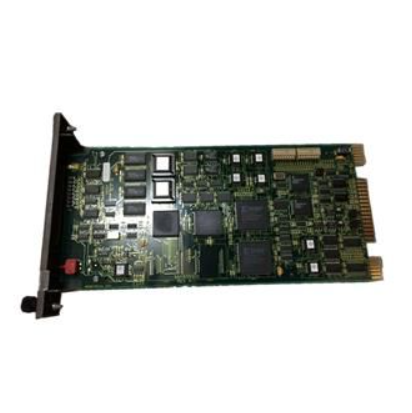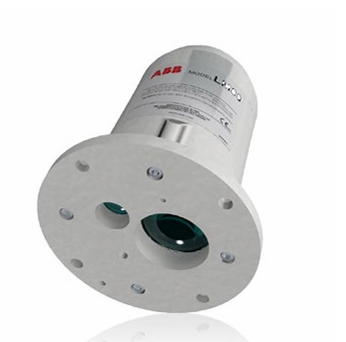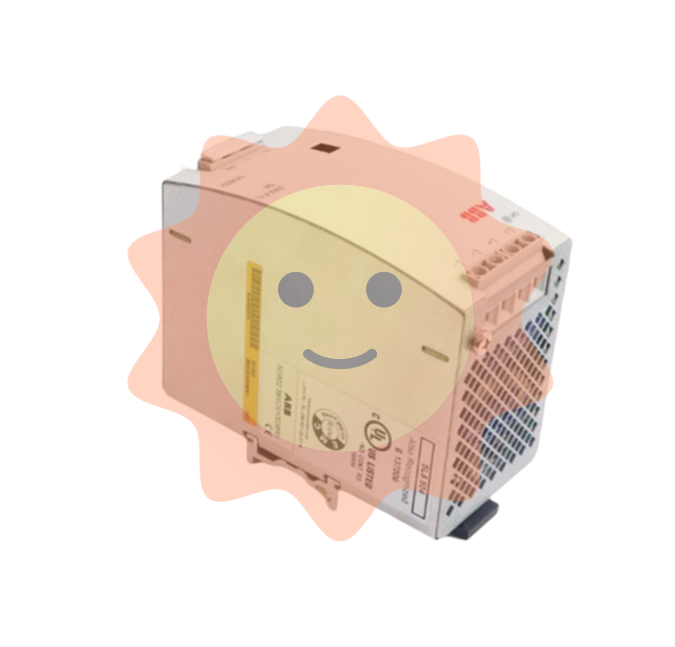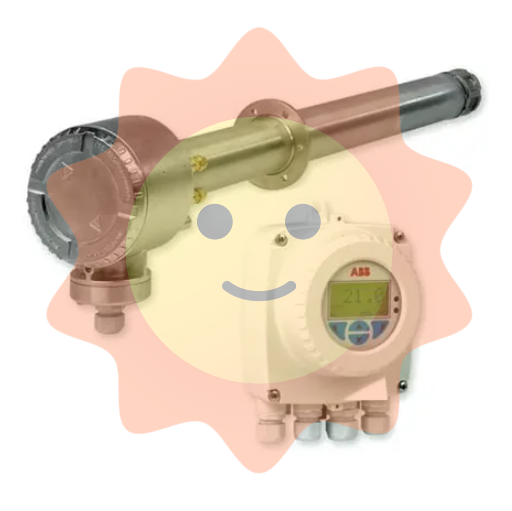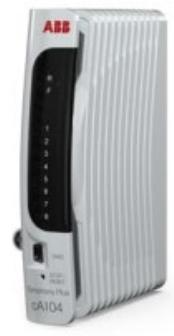ABB ARCOL 0339 Industrial Inverter
Working mechanism
When the ABB ARCOL 0339 industrial inverter is working, the first input DC power is filtered through a circuit to remove impurities and interference signals from the current, ensuring that the current entering the subsequent circuit is pure and stable. Next, an inverter circuit composed of power switching devices (such as IGBT, insulated gate bipolar transistor) is used to convert direct current into high-frequency pulse alternating current according to specific PWM (pulse width modulation) signal rules under the control of the control circuit. These high-frequency pulse AC currents are then smoothed by a filtering circuit to remove high-frequency components, ultimately obtaining standard sine wave AC power outputs that meet the requirements of industrial equipment. Throughout the entire working process, the control circuit continuously monitors input and output voltage, current, temperature and other parameters, and adjusts the conduction and turn off of power switching devices in real time according to preset control strategies to ensure stable and compliant AC power output from the inverter.
Attention points
Installation environment selection: It should be installed in a well ventilated, dry, clean, and suitable temperature environment. Avoid installing in places with corrosive gases, flammable and explosive substances, or high dust to prevent damage such as corrosion and short circuits to the electronic components inside the inverter. Both high and low ambient temperatures may affect the performance and lifespan of the inverter. It is generally recommended that the operating ambient temperature be between -10 ℃ and 40 ℃.
Electrical connection specifications: Strictly follow the electrical installation specifications for wiring operations to ensure that the input and output cables are firmly and correctly connected. When connecting DC input cables, be careful not to connect the positive and negative polarities in reverse; When connecting AC output cables, ensure that the phase sequence is correct. At the same time, cables that meet the specifications should be used to meet the current carrying capacity of the inverter and avoid safety hazards such as heating and fire caused by thin cables.
Parameter setting and debugging: When using or changing application scenarios for the first time, it is necessary to correctly set the various parameters of the inverter according to the actual equipment requirements and operating conditions, such as input voltage range, output frequency, motor parameters, etc. Improper parameter settings may cause the inverter to malfunction and even damage the equipment. During the debugging process, the load should be gradually increased, and the operating status and output parameters of the inverter should be observed to ensure stable operation of the equipment before being put into formal production.
Regular maintenance: Regularly inspect and maintain the inverter, including cleaning the surface dust of the equipment, checking whether the cable connections are loose, and measuring whether the input and output voltage and current are normal. Regularly inspect and clean the cooling fan of the inverter to ensure good heat dissipation. At the same time, according to the equipment usage and manufacturer's recommendations, regularly replace internal vulnerable parts such as filter capacitors to ensure long-term stable operation of the inverter.
Model Supplement
ABB ARCOL 0338
ABB ARCOL 0346
ABB FPX86-9329--C
ABB 15.04.20.05
ABB SPAD346C3
ABB SPIET800
ABB S3N 3P 150A
ABB PDD200A101
ABB PDD500A101
ABB GFD212A
ABB PCD244A101
ABB GVC736CE101
ABB GCC960C103
ABB UNS0119A-P V101
ABB UNS0119A-P V101
ABB 5SHY35L4520
ABB CI868K01-eA
ABB PM864AK01-eA
- EMERSON
- Honeywell
- CTI
- Rolls-Royce
- General Electric
- Woodward
- Yaskawa
- xYCOM
- Motorola
- Siemens
- Rockwell
- ABB
- B&R
- HIMA
- Construction site
- electricity
- Automobile market
- PLC
- DCS
- Motor drivers
- VSD
- Implications
- cement
- CO2
- CEM
- methane
- Artificial intelligence
- Titanic
- Solar energy
- Hydrogen fuel cell
- Hydrogen and fuel cells
- Hydrogen and oxygen fuel cells
- tyre
- Chemical fiber
- dynamo
- corpuscle
- Pulp and paper
- printing
- fossil
- FANUC
- Food and beverage
- Life science
- Sewage treatment
- Personal care
- electricity
- boats
- infrastructure
- Automobile industry
- metallurgy
- Nuclear power generation
- Geothermal power generation
- Water and wastewater
- Infrastructure construction
- Mine hazard
- steel
- papermaking
- Natural gas industry
- Infrastructure construction
- Power and energy
- Rubber and plastic
- Renewable energy
- pharmacy
- mining
- Plastic industry
- Schneider
- Kongsberg
- NI
- Wind energy
- International petroleum
- International new energy network
- gas
- WATLOW
- ProSoft
- SEW
- wind
- ADVANCED
- Reliance
- YOKOGAWA
- TRICONEX
- FOXBORO
- METSO
- MAN
- Advantest
- ADVANCED
- ALSTOM
- Control Wave
- AB
- AMAT
- STUDER
- KONGSBERG
- MOTOROLA
- DANAHER MOTION
- Bently
- Galil
- EATON
- MOLEX
- Triconex
- DEIF
- B&W
- ZYGO
- Aerotech
- DANFOSS
- KOLLMORGEN
- Beijer
- Endress+Hauser
- MOOG
- KB
- Moxa
- Rexroth


Email:wang@kongjiangauto.com

